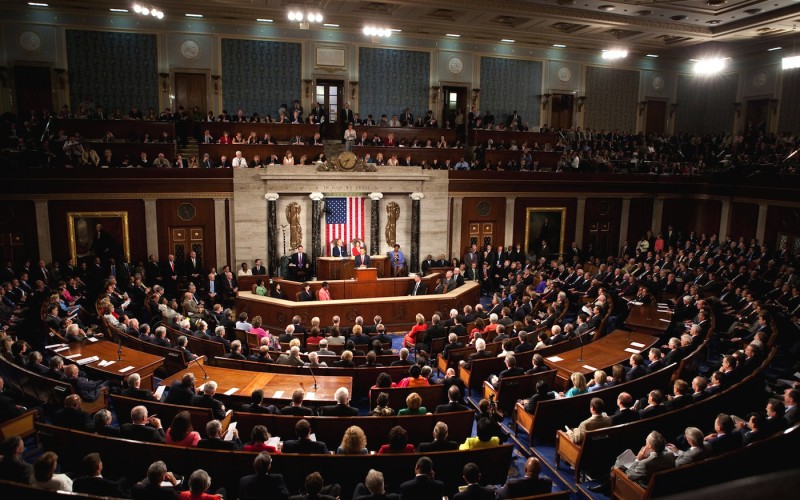The White House submitted a draft joint resolution to Congress requesting a three-year authorization for the use of military force (AUMF) against the Islamic State of Iraq and the Levant (ISIL). What can we expect from Obama’s AUMF request against ISIL?

For the first time in his Presidency, Obama has requested authorization for the use of military force against the ISIL. The White House submitted a draft joint resolution to Congress that will be considered this week.
The last time a United States President received such an authorization for the use of military force was during the Bush administration in 2002, which allowed for the use of military force in Iraq. Prior to that, President Bush also received an even broader authorization to use “all necessary force” against terrorists in 2001. The AUMF more generally has been a point of tense legal debate as it has often been misconstrued and cited for justification for military action all over the world.
“If left unchecked, ISIL will pose a threat beyond the Middle East, including the United States homeland.” – President Barack Obama
Up until now, the President has precluded the use of “boots on the ground” in order to fight ISIL. However, given that the US-led coalition has reaped minimal results, and ISIL has stepped up its provocation with neighboring countries and US allies, it is clear that the Obama Administration is being forced to consider new strategic options.
What does the Authorization of Military Force (AUMF) entail?
The new AUMF would provide authorization to conduct ground combat operations, rescue operations, and use of special operations forces to move against ISIL leadership. It also allows intelligence collection and sharing, kinetic strikes, and assistance to partner forces.
While it precludes the authorization of the use of armed forces in “enduring offensive combat operations”, the language is kept ambiguous to leave all options on the table. The draft does, however, include a hard stop-date of three years after the date of the enactment. Any further military action thereafter must come after reauthorization.
In addition to those limitations, the 2002 AUMF would be repealed and the President would be required to report to Congress at least once every 6 months on specific actions that were taken.
The AUMF against ISIL is different from its predecessors in that it targets a specific entity rather than a region. While the 2002 AUMF was an Iraq specific authorization, the AUMF against ISIL would essentially allow the President to go after ISIL wherever the organization may be.
Of more concern, however, is Section 5 of the draft joint resolution which defines “associated persons or forces to mean any individuals and organizations fighting for, on behalf of, or alongside ISIL or any closely related successor entity in hostilities against the United States or its coalition partners”. Some have interpreted this to mean that should ISIL evolve to become any “successor entity”, the President’s authority would extend to go after them as well.
What’s next for the requested authorization?
Both chambers of the US Congress have stated that there will be rigorous hearings on the proposed legislation before any votes are taken. One of the biggest criticisms coming from both sides of aisle is the omission of the repeal of the broader 2001 AUMF.
Therefore, it remains to be seen whether the legislation will be voted on in its current form. If this legislation is to pass, the President will first have to sell it by providing a comprehensive strategy that Congress can buy into.
sourche: http://globalriskinsights.com/2015/02/expect-obamas-aumf-request-isil/
Δεν υπάρχουν σχόλια:
Δημοσίευση σχολίου